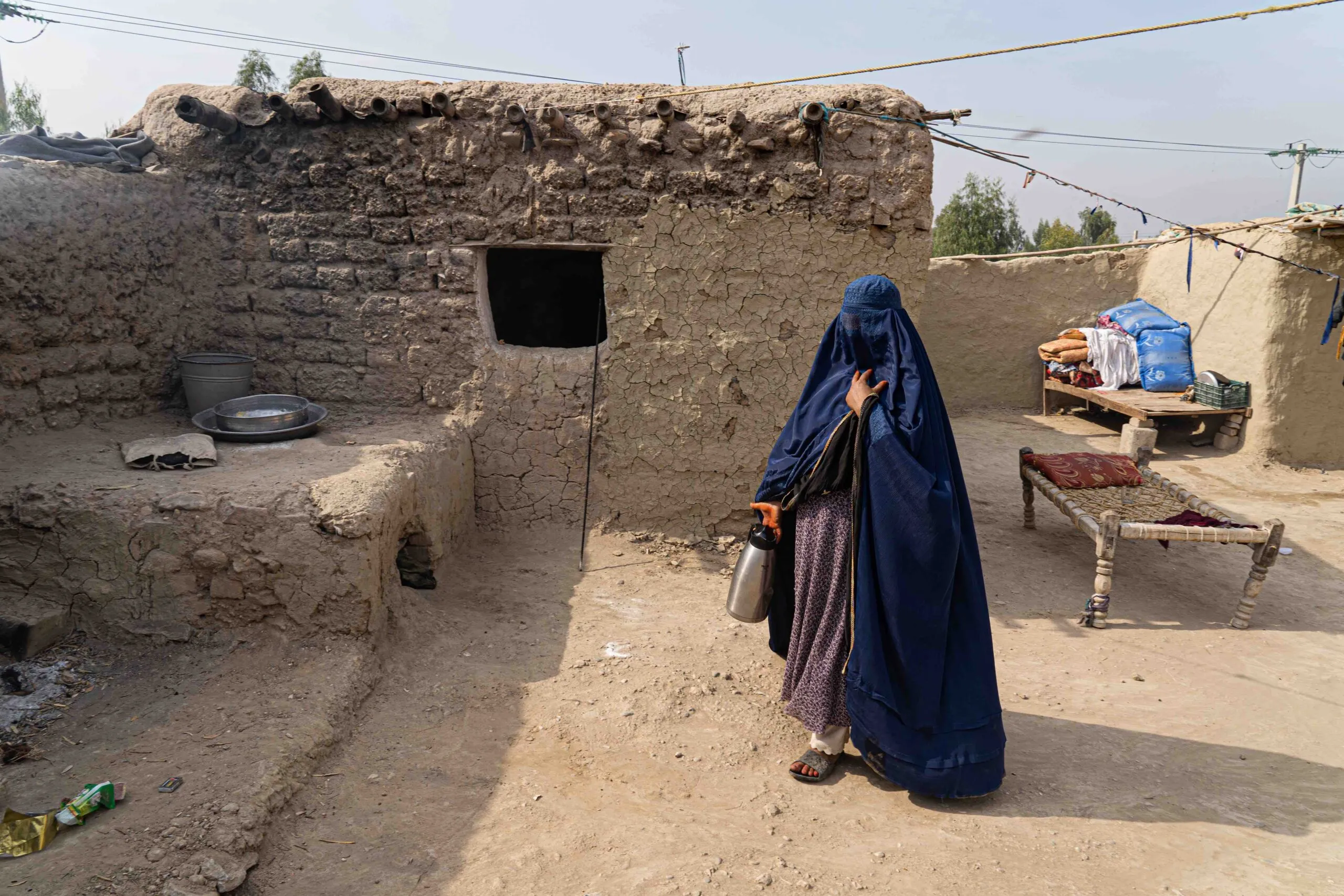The devastating impact of COVID-19 continues to grow exponentially as the pandemic enters its third year, impacting people’s health, livelihoods, and access to basic needs like food. UN OCHA’s 2022 Global Humanitarian Overview anticipates a 17% increase in global humanitarian needs from 2021. And despite decades of progress in alleviating hunger, the number of people facing hunger increased by as many as 161 million in 2020, according to the UN’s Food and Agriculture Organization (FAO). In countries such as the Democratic Republic of Congo, South Sudan, Afghanistan, and Yemen, the combined effects of conflict, COVID-19, and climate change, among others, have exacerbated food insecurity and put millions of people at risk of famine, especially women and girls.
In Afghanistan, the situation has deteriorated in recent months as the pandemic, mass displacements, economic collapse, back-to-back droughts, and ongoing hostilities have made it increasingly difficult for people to meet their basic needs, including for food. Amid a harsh winter, nearly 23 million people – more than half the country’s population – are facing extreme levels of hunger according to the United Nations. People in Afghanistan have lost their incomes, jobs are scarce, food prices are soaring, and, in some regions, drought and conflict have forced people to leave their homes. In the country’s northeastern provinces, water levels are dangerously low.
“Drought has destroyed all of our crops. Our biggest fear is that if the hunger continues, our situation will be worse than now,” says Soma, 50.


